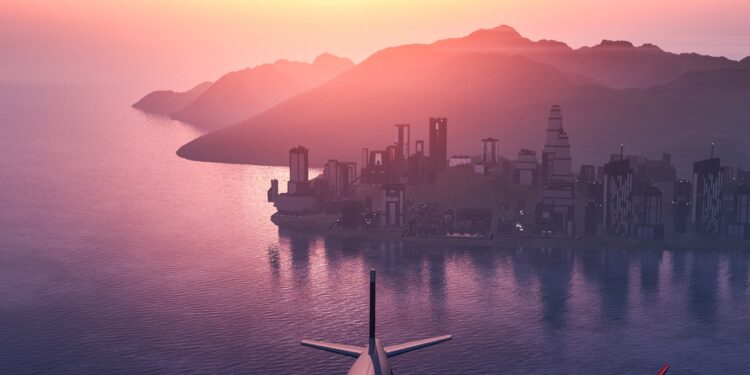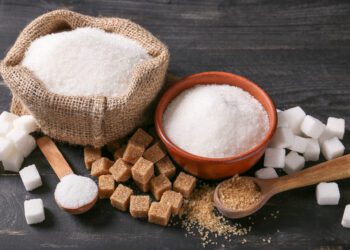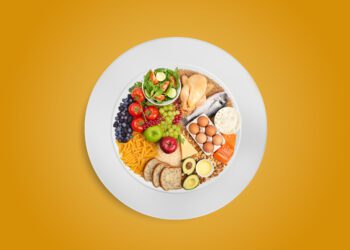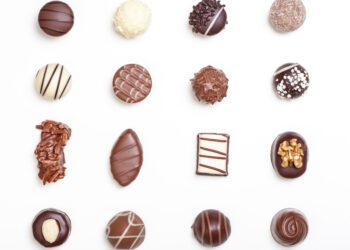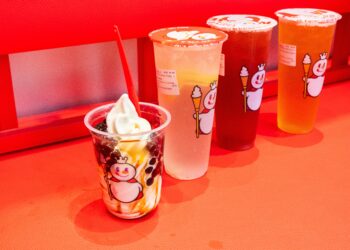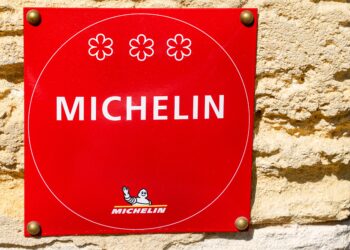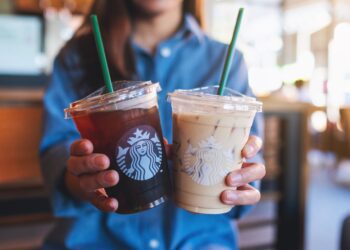Inflight dining was drifting further and further away from its golden age even before Covid ensured everything was plastic-wrapped and pre-ordered.
Everybody’s suffered the sheer banality of inflight food at some point or other, and it’s hardly ever the highlight of your trip.
Imagine being asked, for example, if you’d like to have the chilled Beluga caviar or smoked Nova Scotia salmon to start? Maybe the Tournedos Rossini (a legendary combination of filet mignon, foie gras and black truffle) for your entree?
And would Madame like to choose American or European cigarettes to finish her meal?
Seriously.
Back in the golden era of air travel, inflight dining menus were a whole different ball game. Food service was a crucial part of the inflight experience—one that demanded real cooking skills—even at the back of the plane.
As one former stewardess who worked for Pan Am in the 1960s recently told CNN: “Our five-week training program spent about 70% of the time on food and service training because we didn’t just pull something pre-cooked out of a drawer. The ‘galley girl’ in first class had to set up carts and cook individual entrees as well as a roast beef. We also cooked eggs to order for breakfast. And one of the worst galley tasks was actually scrambling eggs in coach!”
Those in business and first class would get even better culinary creations, in some cases catered by world famous restaurants. But even the dishes served in coach would make today’s fliers green with envy.
“While Pan Am’s first class service was superb and created by Maxim’s of Paris, it should be noted that the economy meals were great too,” Anne Sweeney recalled.
Other dishes on global airlines from the golden age of flying wouldn’t seem out of place in Michelin-starred restaurants today. Australian national carrier Qantas celebrated its centenary last year and has chronicled inflight meals since the 1930s, as David Crotty, curator at Qantas Heritage Collection, explained:
“Qantas began inflight meal service with the Empire flying boats in 1938, between Sydney and Singapore. The Rose Bay hotel was our first inflight meals kitchen, although hot food was packed in large flasks and not heated on board. Stewards were employed as cabin crew.”
Among a number of firsts, Qantas introduced frozen food to Australia. They also produced special menus for Christmas and for events such as the 1954 tour by the British royal family, where fliers tucked into dishes including poached snapper with hollandaise sauce before grilled French lamb cutlets with Saratoga potatoes.
“In the 1950s and ’60s international flying was expensive and the menus reflected this with many elaborate meals described in French, but by the 1970s, things were more relaxed as flying became increasingly democratic with the Boeing 747,” Crotty recalled.
By CEO Staff

